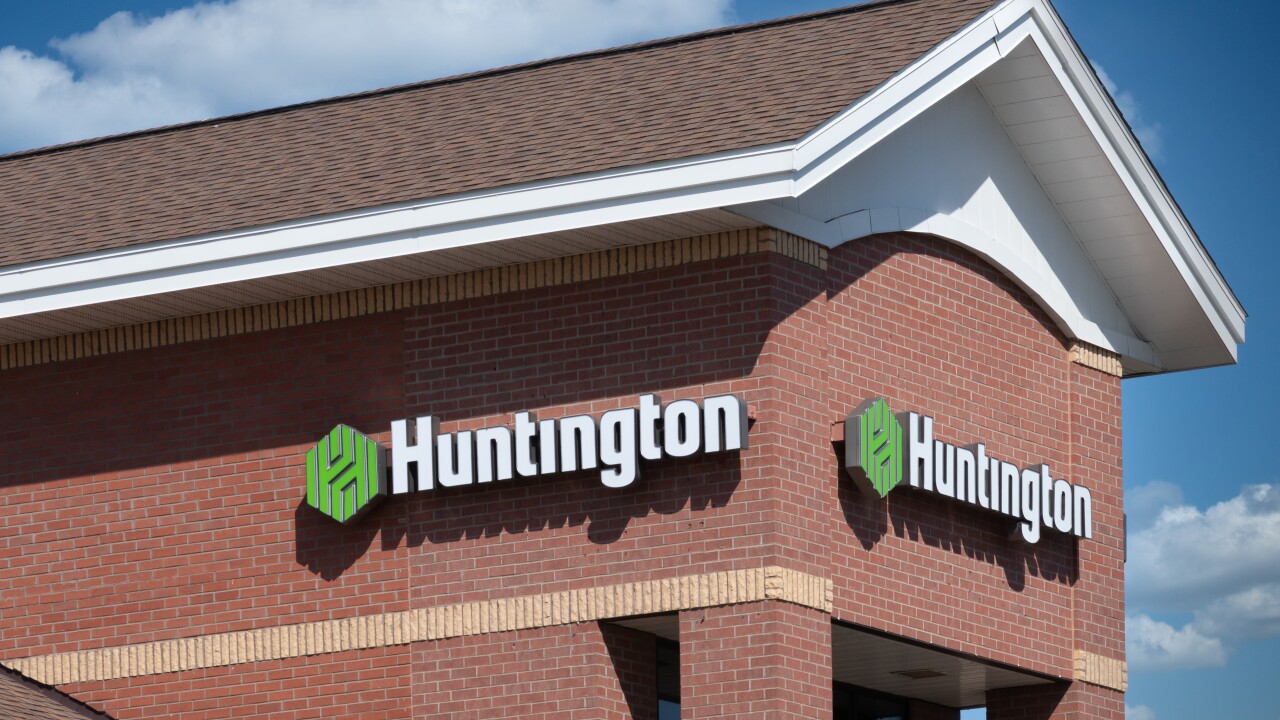AUSTIN — Among the sticking points in merger talks between the Independent Bankers Association of Texas and the Texas Bankers Association is which national trade group to affiliate with.
The on-again, off-again merger talks between the rival groups appear to be on again. Representatives say the talks, which broke off in March, are likely to resume next month. High on the list of issues up for discussion is where the combined group would send its political action committee money.
The Texas Bankers Association is affiliated with the American Bankers Association, and to whose political action committee it sent more money last year ($120,100) than any other state affiliate. The ABA distributed even more — $160,000 — to federal candidates in Texas whom the Texas Bankers Association supports.
Also, a Texas Bankers’ member recently served as the chairman of the ABA’s political action committee for four years, and another member, Scott Dueser, sits on the committee this year.
“The great relationship with ABA and the good things that came out of that relationship are something that we’d hate to have to give up,” said Rick Smith, the president and chief executive officer of the Texas Bankers.
The Independent Bankers Association of Texas is affiliated with the Independent Community Bankers of America, and its president said that some members might not want to send their money to an organization that includes banking giants.
“It’s one of the issues we are trying to work out,” said Chris Williston, the president and CEO of the Independent Bankers Association of Texas. He said that for members of his group in particular, “bankers have extreme loyalties with one or the other.”
Of course, state groups can be affiliated with more than one national organization, and Texas trade group officials say they have not ruled out a dual affiliation.
The Florida Bankers Association and the Florida Savings and Loan Association merged in 1995, and in 1998 the combined group merged with the Community Bankers Association of Florida.
Alex Sanchez, the president and chief executive officer of the resulting group, which kept the Florida Bankers Association name, said it resolved the issue of which national group to support by affiliating itself with the ABA, the ICBA, and America’s Community Bankers, which represents primarily thrifts.
“It has been the greatest thing our Florida bankers have ever done,” he said. “When you go to Capitol Hill, you speak with one voice. When you have multiple voices from one industry, politicians don’t want to offend your friend, so they don’t do anything.”
The Community Bankers Association of New York, which represented mostly thrifts, was folded this year into the New York Bankers Association. That group’s president, Mike Smith, said that it is affiliated with the ABA and ACB and that a committee decides where to send political action committee money.
“We seek to be involved across the board,” said Mike Smith (no relation to Rick Smith). “Our view is not to draw distinctions and differences.”
The combined organization has more power than the two groups did apart, he said. “We have much more in common than we have differences on many of the issues we are confronting today. Our issues were so parallel that coming together was the best approach.”
In Texas, supporters of a merger note that many Texas banks already belong to both groups and say that a combined group would have more lobbying clout in Austin and Washington. Sixty-seven percent of banks in Texas belong to both groups. Some Independent Bankers’ members oppose a merger with the Texas Bankers, which they say represents mainly the interests of large banks. But Rick Smith, who supports a merger, said that 98% of his group’s members are community banks.
“I think the merger has overall benefits for banks in Texas,” he said. “And I think if we can achieve the merger under the right terms and conditions, the result will be beneficial and outstanding for the banking industry.”
Representatives from the state groups began discussions in August, and in March they asked their respective boards to decide whether talks should continue. The Texas Bankers’ board voted unanimously to continue discussions, but the board of Texas’ independent bankers group initially voted not to do so — then reversed that decision at a March 30 meeting.
Several people said that many of the political issues that split large and small banks in the past — and led to the formation of the independent group in 1972 — have largely disappeared, and that the two groups are more closely aligned now.
They were actually close to merging in 1998, but Robert E. Harris, the Texas Bankers’ chief executive at the time, died during the negotiations, which broke off.




